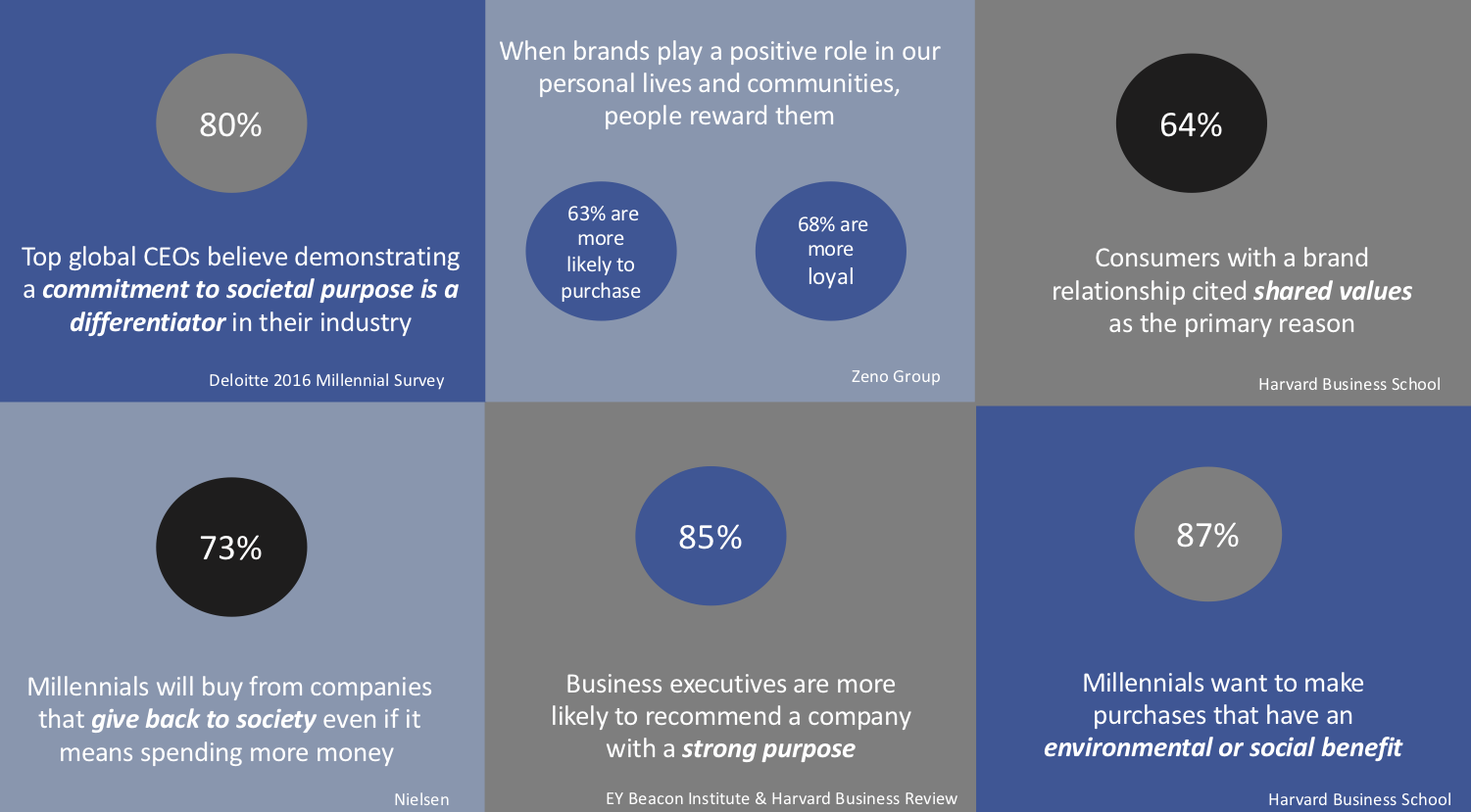
Most marketers are familiar with the concept of brand positioning and Al Ries and Jack Trout’s book, Positioning: The Battle for Your Mind. When it was published in 1980, marketers could not have imagined how technology—the Internet, social media, streaming video, and virtual reality—would create new opportunities and challenges for them, much less how these new channels would affect their brand positioning strategy.
What’s worth noting, however, is that in spite of all the sweeping changes to the marketing landscape, the core principles of the book’s argument remain intact. As the authors argue, the mind of the consumer conceives of products and services as categories: You go shopping for running shoes and choose the brand from the options in that category, and within that category, you have an intuitive ranking of popular brands: You value Nike more than Adidas, or vice versa.
Thanks to the rapid evolution and adoption of technology, marketing is changing faster than ever before. This transformation and its multiple layers and complexities can be intimidating for seasoned marketers, not to mention those new to the field.
Successful Brand Positioning Hinges on Big Data Analytics
Historically, brand strategy consultants, managers, and marketers used market research conducted among targeted consumers to inform brand positioning. The benefits of market research can be instrumental in assessing a company’s brand name and logo, identifying customer needs, and recognizing category leaders and what unique advantages your brand holds against them. Generally, there was only one brand positioning statement that included:
- One target audience, defined in demographic and perhaps psychographic (but not behavioral) terms
- One competitive framework (i.e., the consideration set)
- One or very few points of differentiation
- One or very few end benefits
Market research still has a place in today’s marketing strategies, but it’s only part of the data used to inform decision-making. Brands are also leaning heavily on analytics tools to generate insights via digital engagement, social listening, and other data channels offering insight into performance. For example, consider the keywords customers use to research your brand: Are they using search terms related to discounts, or related to quality, or to environmental friendliness? If they’re finding your business through a specific search query, it likely means your SEO efforts have established a relevant brand positioning.
Digital channels haven’t necessarily changed the way we think about brand positioning, but what has changed are the strategies and tactics we use to target and establish this positioning. Because this is a consumer-focused model, we’re bound to consumers’ ever-shifting sentiments and preferences, which means that the ideal brand positioning is often a moving target. Some brands have enjoyed the luxury of premium positioning and a consumer appeal that has been consistent for decades. But most brands periodically need to revisit their positioning and determine whether a revamp of their brand positioning strategy is required.
Today, big data analytics track micro-targeted, omnichannel consumers, providing an infinite number of brand positioning possibilities. Before the Internet marketing, social media, and the explosion of big data, brands could run one marketing campaign for months or even years. By advertising on the major TV networks—ABC, CBS, and NBC—brands could reach over 90% of their broadly defined target audiences in one fell swoop.
Trends Shaping Successful Brand Positioning
Often brand positioning is shaped by larger cultural movements. According to Marketing Week, today’s consumers are in the midst of an ongoing shift toward brands that are values-driven and advocate a broader social purpose. They want brands that are positioned as contributing to the world. What’s the benefit to the consumer? By purchasing these products, you also help make the world a better place.

The Body Shop: ‘Enrich, Not Exploit’
Brands can stake a claim to a strong, appealing brand position by identifying a brand purpose that aligns with their specific category. For example, The Body Shop is a cosmetics company that specializes in selling all-natural products. They make their cosmetics without using the harmful chemicals that many other cosmetics use. In 1989, The Body Shop became the first global cosmetic brand to fight animal testing.
The Body Shop’s motto is ‘Enrich, Not Exploit’ and it is committed to enriching its people, products, and the planet. The company has several noble values:
- Defend human rights
- Support community fair trade
- Protect the planet
- Oppose animal testing
- Activate self-esteem
The Body Shop has a vastly profound brand purpose that drives its business endeavors.
Are Some Brands Going Too Far?
With so many more micro brand positionings and so many messages for each, are brand identities at risk of becoming diluted?
- How many micro-targets are needed before reaching diminishing returns?
- How many different messages per day across a vast array of platforms are too many?
Among the most difficult, strategic and vital tasks for marketers is deciding the optimal number of target personas and the criteria for defining each due to the considerable impact on brand positioning, and budget and talent resource allocation.
Recent Posts
Posts by Topics
- Brand Strategy (57)
- Brand Strategy Consulting (28)
- Brand Differentiation (27)
- Customer Experience (24)
- Brand Positioning (22)
- Marketing Strategy (9)
- Brand Extension Strategy (8)
- Customer Behavior (8)
- Brand Architecture Strategy (7)
- Brand Extension (7)
- Brand Growth (7)
- Brand Portfolio & Architecture (7)
- Brand Purpose (7)
- Brand Value Proposition (7)
- Brand Engagement (6)
- Brand Portfolio Strategy (6)
- Brand Storytelling (6)
- Rebranding Strategy (6)
- Brand Awareness (5)
- Brand Image (5)
- Branding (5)
- Rebranding (5)
- Technology (5)
- B2B Brand Strategy (4)
- Brand Experience (4)
- Value Proposition (4)
- Brand Extendibility (3)
- Brand Metrics (3)
- Brand Repositioning (3)
- Corporate Branding (3)
- Differentiation Strategy (3)
- Measurement & Metrics (3)
- Brand Engagement Strategy (2)
- Brand Portfolio (2)
- Brand Promise (2)
- Brand Voice (2)
- Digital Marketing (2)
- Digital and Brand Experience (2)
- Employee Brand Engagement (2)
- Brand Architecture (1)
- Brand Development (1)
- Brand Equity (1)
- Brand Identity (1)
- Brand Measurement (1)
- Brand Name (1)
- Brand Strategy Consultants (1)
- Brand Strategy Firms (1)
- Digital Strategy (1)
- Internal Branding (1)
- Messaging (1)


